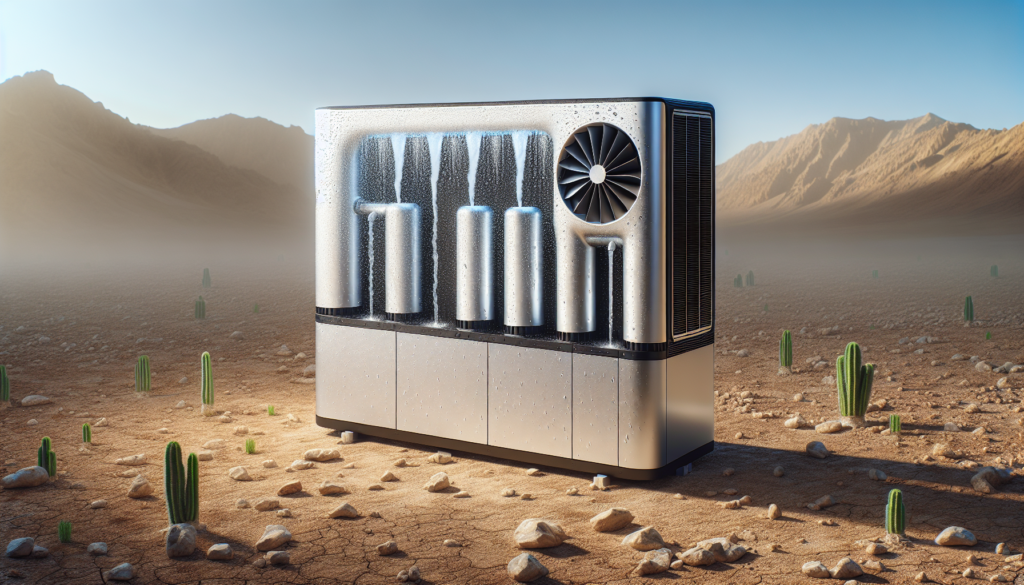
Air Water Generators (AWGs) are emerging as a pivotal technology in addressing global water scarcity. By extracting water from the air, these devices offer a novel solution to regions lacking potable water. This guide will dive into what Air Water Generators are, their potential, challenges, and applications. We’ll also look at how to choose and optimize these devices for best performance.
Air Water Generators, also known as atmospheric water generators, are devices designed to collect moisture from the air and convert it into clean drinking water. This process, known as atmospheric water generation, involves drawing in humid air and cooling it to condense the water vapor. The result is an accessible water source produced without traditional plumbing or water infrastructure. While the concept is reminiscent of a dehumidifier, these generators are more advanced. They often include systems like reverse osmosis and UV sterilization to ensure water purity, making them suitable for drinking.
Water scarcity is a growing concern worldwide. According to the United Nations, about 2 billion people live in areas with inadequate water supply. AWGs potentially offer a solution by utilizing the humidity in the air. For instance, a dehumidifier model in a high-humidity area can produce 8.7 gallons per day at 100% humidity. Although current models may not meet every user’s expectations, they provide a glimpse into a future where water extraction from air could be commonplace.
A practical example is from a user who tested a $2,000 AWG. Initially placed in a garage with low humidity and temperature, the device produced only 0.25 gallons per day, against its promise of 3 gallons. However, when moved to a location with better conditions, its output improved. Despite the initial disappointment, the user remains hopeful about the potential of this technology, seeing it as useful for providing water to rooms without plumbing or even in emergency situations in communities with limited access to clean water.
Choosing the right Air Water Generator depends on several factors. First, consider the desired water output, as needs can vary from individual to household use. The efficiency of the device in different humidity and temperature conditions is also important, as some models may perform better in arid or humid climates. Additionally, evaluating the purification systems and additional features like noise level or energy consumption is crucial. Opting for larger models in areas with lower humidity may result in better efficiency and lower operational costs.
To maximize the performance of your AWG, it is important to operate it under optimal temperature and humidity conditions. Keeping the device indoors in a controlled environment can significantly boost its efficiency. Routine maintenance, including the cleaning and replacement of filters, ensures the longevity of the system.
However, AWGs are not without challenges. Users often face issues like low water output, high energy consumption, and noise levels. These drawbacks highlight the need for further development and refinement. Advances in technology, such as the introduction of hydropanels, show promise. These solar-powered systems extract water without the need for electricity, making them suitable for remote areas. Despite their high cost, hydropanels offer a glimpse into a potential solution for sustainable, off-grid water access.
In conclusion, Air Water Generators symbolize a step towards innovative water solutions. While current devices may have limitations, the technology is rapidly evolving. As more developments emerge, AWGs could play a significant role in global water supply, especially in areas most in need. Thank you for exploring this burgeoning technology with us. Keep an eye on future advancements as these generators continue to shape the landscape of sustainable water resources.